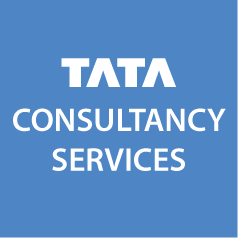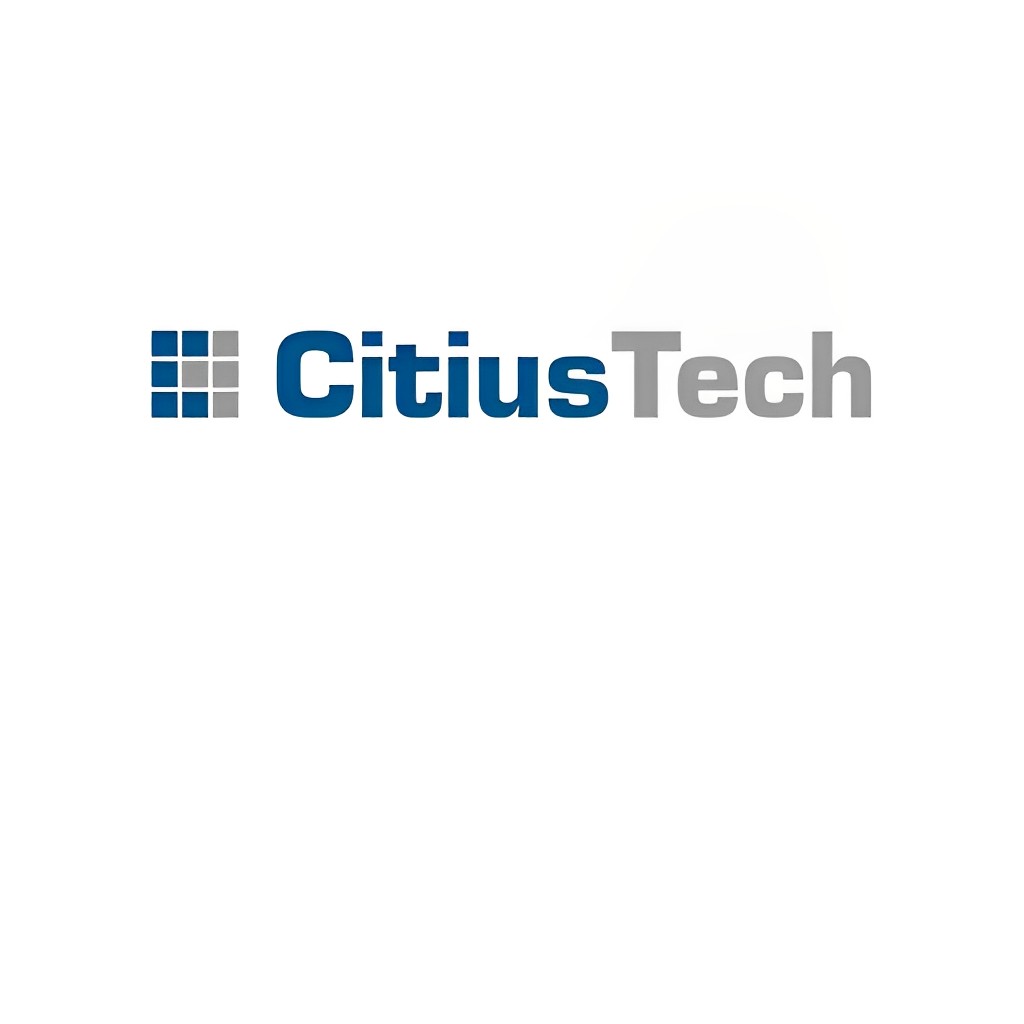 TCS is betting big on Ignio — an artificial intelligence product that has received one of the most high-profile launches in the company’s history. TCS CEO N Chandrasekaran tells what the plans are for the platform and the kind of organization that is being put in place to speed adoption.
TCS is betting big on Ignio — an artificial intelligence product that has received one of the most high-profile launches in the company’s history. TCS CEO N Chandrasekaran tells what the plans are for the platform and the kind of organization that is being put in place to speed adoption.
What led to the creation of Ignio? And what exactly is Ignio? I think you have to understand the context first. Everybody has been talking about disruption. And I have maintained that technology changes happen all the time. When technology changes happen we have to transform. Digital has huge potential because there are combinations of technologies that are coming at close timelines. Mobile itself was disruptive and cloud plus the mobile was ten times more disruptive. All these technologies are making these things transformative and disruptive.
We have launched automation some five years ago. It is not new to TCS. We have been working on a higher level of automation using artificial intelligence and robotics. There has always been talk of automation. Even when I was doing engineering there was talk about automation but what makes it possible is that now there is the cloud that gives you vast computing power. So it is much more powerful today that it could have been before.
The whole automation game now is a very different proposition because now there is virtually unlimited processing power.
So we built a machine-learning base, we call neural science-based automation platform. We call this service-as-a-software. The old cloud platforms were software-as-a-service but this is a new paradigm. This we used to sell as a service, now we are selling this as a platform. Service-as-a-software is where you have a set of people doing certain services like a compliance check, now Ignio can do that automatically.
How does Ignio work?
It is a neuroscience-based self-learning platform. So if you take Ignio and you install it then the moment you put it into an environment, it sucks up the information about that environment and creates a context. If you take infrastructure context, it will know how many different kinds of hardware are there, how many different kinds of software are there. So it will learn about all the things about your infrastructure from the data that’s already present in the your network.
From an infrastructure point of view it has knowledge of the different infrastructure pieces that are there. Then what it does, is that it can automate. We are trying to do three things, we are trying to eliminate things that can be eliminated — for example, your jobs fail because there is inadequate storage. Ignio can predict that and tell you that next week you will run out of storage and it will tell you that it can order it for you because it has the knowledge of your preexisting contract with a provider. So it can put in an order.
Second thing is that we will automate things that can be automated. If a defect occurs, and Ignio knows how to fix it then it will do so on its own. The third one, if it does not know how to fix it, it will pass it back to a human solving a problem, and then once it is fixed, it will learn how it was done.
But you also have to let Ignio do these things. We will expand the functionality and customers will want to use more functions.
What is inside Ignio?
It has got a lot of metadata, algorithms, an analytics engine. I am not going to publish the architecture for you. As long a process flow is there, it can be automate the process. We are using Ignio already in-house in TCS.
How long did it take to build the product?
We have been working on it for four years. And we have already had two versions. Internally, we have been checking it out and getting feedback. The main thing for me is that we always push the envelope, We have invested and built products that we never took it to the market. Because at that time we didn’t have the scope and scale or the marketing capability.
But now we are there and we are on the cusp of technological change. We always chase productivity. We always believe that if there is an efficiency to be had it must be got.
Today we are present in customers in a very large scale, which was not the case before. Ten years ago if we had come up with something there is no way we could have piloted it with a customer. We didn’t have that access and stature. Today we are a leading provider, so there is now confidence from customers to try our innovations.
What was the building process like? Who was in the team? What was the process like?
We put in Harrick (TCS chief scientist) and there were three-four teams doing pieces of it. So we put them all together and said that this is what we want you to do, this is the product we want to build.
We asked them to see what it would look like. We told them not to do little things here, little things there and asked them how can we make it sophisticated, like a product, put it in managed services. And how it could be designed for performance and the future. So we didn’t want a hodge-podge. So we had multiple discussions on the core design, what the nucleus of the product would look like.
What are the expectations from Ignio? Is there a certain amount of revenue that you expect from it?
What I am really looking at it is in how can we implement it. There is a lot of interest in it, the moment we launched it and demonstrate it, there was a lot of interest. In all these things, the most important thing is how it works. It is not priced the way we price normal services.
I am not putting a dollar figure on this. In this whole thing, adoption is the key. In the last one year our efforts have been on perfection the implementation and interface. Functionality we had a year ago.
What is the Ignio interface like? Does it communicate via a humanoid avatar like some of the other AI products in the market?
Currently the usability it pretty cool… It’s mobile-device based. There is an application interface. Currently five customers are running on it. Five customers are in production. The feedback so far has been very positive. We also didn’t do it with hundreds of customers because we have a strong base, we can easily scale.
Did you look at the other AI products in the market as part of building Ignio?
We know all the products in the markets. We know what it there out there. We think that in the space in which we are operating it is very comprehensive. It would not be right for me to comment on every single product out there.
What is the kind of sales organization backing Ignio?
We have created a new team. We have appointed Akhilesh Tripathi to head the team. We have put a separate organization based in the US. And they are hiring people who are product sales people. Some people would be TCS people but yes he is hiring.
Can you enter a new account with this?
Certainly it will help us win new deals, it is now a value proposition. It is a value proposition for customers we are currently in and in those where we are currently going proactive, yes.
What kind of organization is being created to back Ignio?
The organization team is a strong sales team, a sales support team and an engineering team in Pune. Currently they are in a TCS building, but they will move into a different building. They are looking for space right now. The team hires differently. They are incentivized differently.





